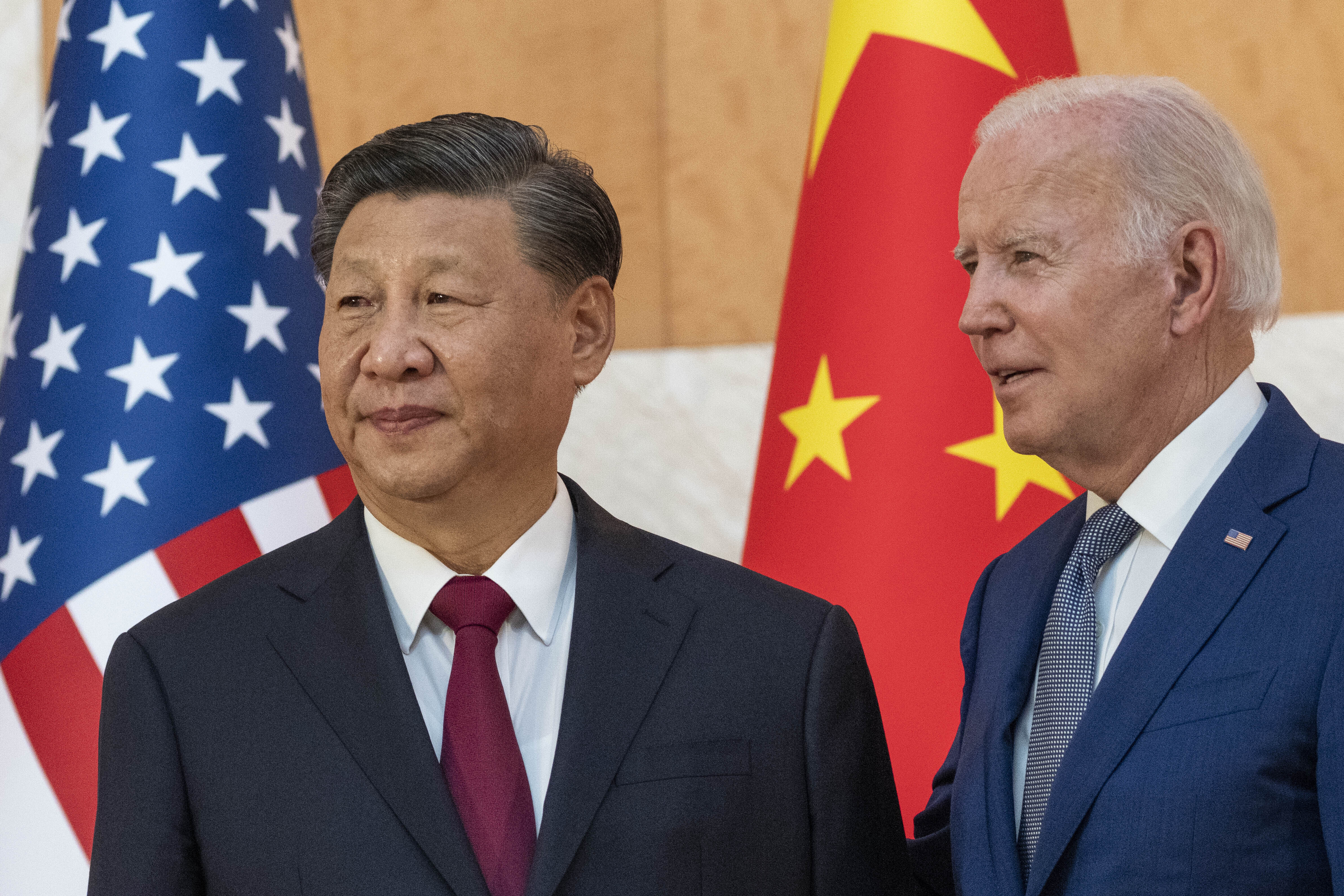
The United States has announced a new “China House” entity at the US Department of State, tasked with consolidating policymaking related to China amid growing tensions between the two superpowers.
US Secretary of State Antony Blinken unveiled its creation on Friday. Officially known as the Office of China Coordination, nicknamed “China House”, the unit will work to manage and implement US priorities on a range of issues, such as technology and economic policy.
“China House will ensure the US government is able to responsibly manage our competition with the People’s Republic of China (PRC) and advance our vision for an open, inclusive international system,” Blinken said in a press release on Friday. “Our goal in creating China House is to help deliver on elements of the Administration’s approach to the PRC.”
Relations between the US and China have long been strained, and some expect the rivalry to grow as China asserts itself as a global power. However, leaders like Chinese Foreign Minister Wang Yi have pointed out that cooperation between the US and China, the two largest economies in the world, is essential for progress on issues such as climate change.
Chinese President Xi Jinping met US President Joe Biden in November, where both leaders underscored the need to work together to tackle global challenges. After the meeting, Biden told reporters, “There need not be a new Cold War.”
In October, Jinping previously noted that China and the US must “find ways to get along”, adding that China was “willing to work with the US to give mutual respect, coexist peacefully”.
Still, relations between Beijing and Washington have grown more strained over a number of issues, including China’s aggressive stance towards Taiwan and US efforts to undermine China’s technology sector.
Tensions rose further when Democrat Nancy Pelosi, one of the most powerful leaders of the US House of Representatives, travelled to Taiwan in August, making her the highest-ranking US official to do so in 25 years.
China slammed the trip as provocative and dangerous, setting off a series of retaliatory measures that included unspecified sanctions against Pelosi, decreased trade with Taiwan, and a series of military exercises meant to showcase China’s military strength.
In an opinion piece published in the Washington Post, Pelosi wrote that the US “cannot stand by as the CCP (the Chinese Communist Party) proceeds to threaten Taiwan – and democracy itself”.
The US does not recognise the self-governed island of Taiwan, which China claims as its own, but is bound by law to provide Taiwan with means to defend itself from a potential Chinese attack.
The two powers have also sparred over issues such as trade and technology. In October, the US announced a series of new export controls, seeking to undermine China’s access to semiconductors and stymie technological and military advances by Beijing.
China responded with a suit against the US at the World Trade Organization (WTO) in mid-December, accusing the US of threatening “the stability of the global industrial supply chains”.







